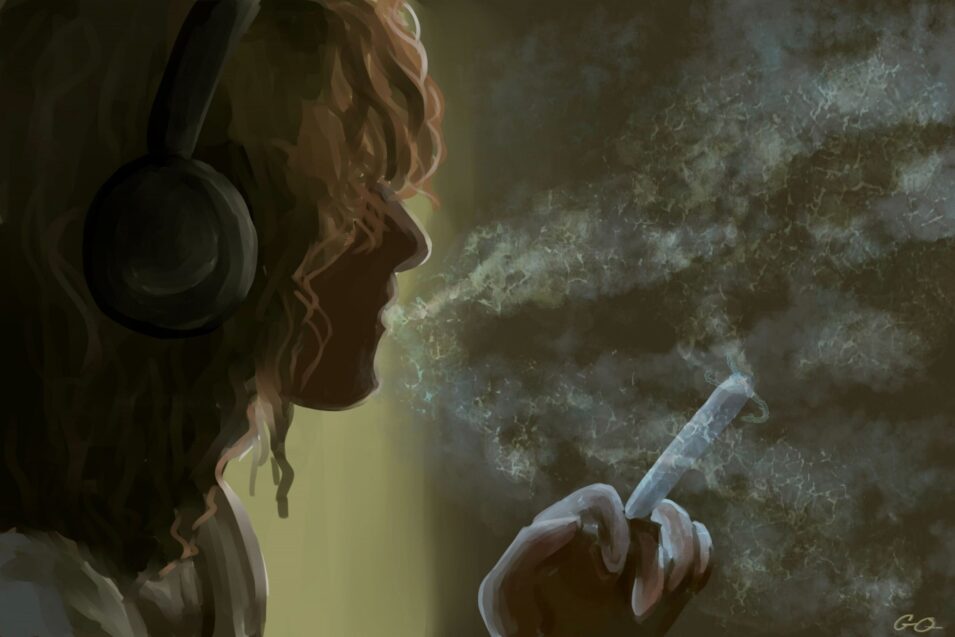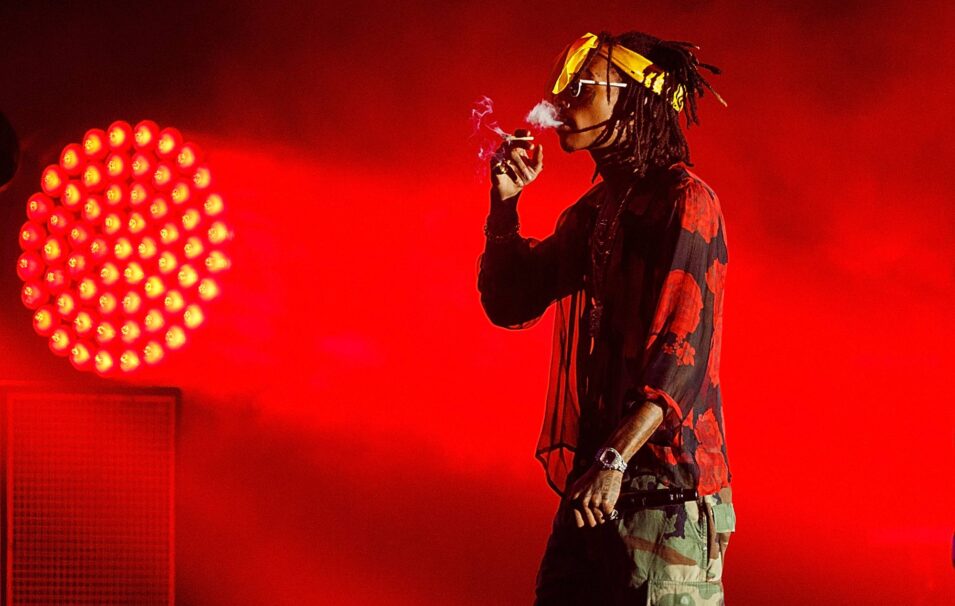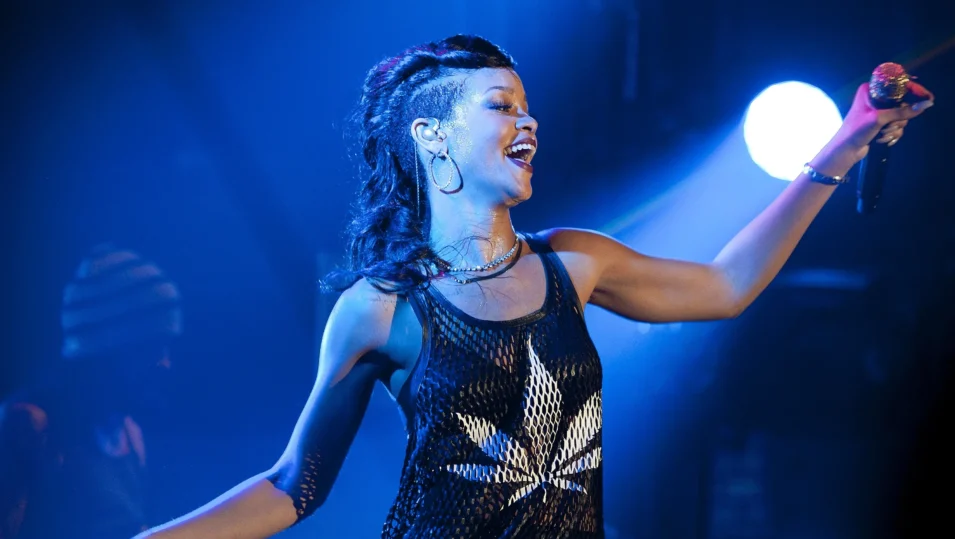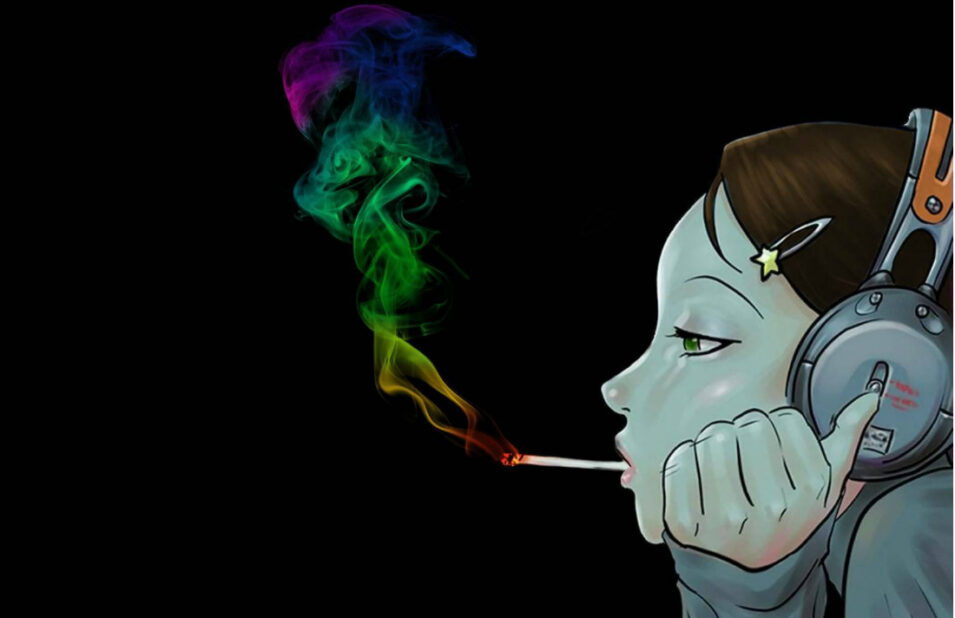Cannabis and music have long been intertwined, shaping and revolutionizing modern music trends. From ancient times to the counterculture movements of the 20th century, cannabis has played a significant role in inspiring creativity and pushing musical boundaries. In this article, we will delve into the fascinating relationship between cannabis and contemporary music, exploring its impact on genres, lyrics, and iconic artists.
Historical Context of Cannabis and Music

Cannabis has a rich history in various ancient musical traditions. Cultures like the Sufis in ancient Persia and the Bhangis in India employed cannabis as a means to enhance spiritual experiences during musical rituals. These practices laid the foundation for the cannabis-music connection.
The 1960s and 1970s saw the rise of counterculture movements that embraced cannabis as a symbol of rebellion and creativity. Musicians like Bob Dylan and The Beatles openly celebrated cannabis, infusing their music with newfound freedom of expression.
As cannabis gained popularity, it became a catalyst for musical experimentation. Artists began exploring new sounds, incorporating improvisation, and pushing boundaries in genres like jazz, rock, and reggae.
Cannabis and Genre Evolution

Cannabis played a significant role in the evolution of jazz, a genre known for its improvisational nature. Musicians like Louis Armstrong and Thelonious Monk embraced cannabis, finding inspiration in its ability to unlock creative pathways and enhance musical expression.
Cannabis became synonymous with the psychedelic rock movement of the 1960s. Bands such as Pink Floyd and Jefferson Airplane embraced cannabis as a means to expand consciousness, resulting in groundbreaking musical compositions that pushed the boundaries of traditional rock.
Reggae music, born out of Jamaica, has deep ties to cannabis through the Rastafarian religion. Rastafarians consider cannabis (referred to as “ganja”) as a sacrament that aids meditation and spiritual enlightenment. Artists like Bob Marley used reggae as a platform to spread the Rastafarian message and advocate for the legalization of cannabis.
Cannabis and Songwriting/Lyrics
Many songwriters and musicians have turned to cannabis as a creative stimulant. The herb’s ability to induce a relaxed and introspective state of mind has been known to spark new ideas, unlock lyrical depth, and enhance the songwriting process.
Cannabis has inspired countless songs throughout history. From classics like “Sweet Leaf” by Black Sabbath to modern hits like “Purple Haze” by Jimi Hendrix, these songs reflect the cultural influence of cannabis and its role in shaping musical expression.
Cannabis-related themes in lyrics encompass a range of emotions and ideas. Some artists use cannabis as a metaphor for freedom, rebellion, or introspection, while others celebrate its role in promoting peace, unity, and social change.
Cannabis and Music Consumption

For many music enthusiasts, cannabis is considered an enhancer of the musical experience. The herb’s ability to heighten sensory perception and alter one’s state of mind can create a deeper connection with the music, intensifying emotions and appreciation for the art form. It is not just the auditory sensations that are amplified, but also the visual and tactile perceptions that are often associated with live music experiences. The strobe lights become more mesmerizing, the vibrations of the bass more palpable, all merging into a multi-sensory spectacle that many find profoundly enriching.
Music festivals and live performances have become synonymous with cannabis culture. The relaxed atmosphere and communal spirit of these events often go hand in hand with cannabis consumption. From iconic festivals like Woodstock in the 1960s to modern-day gatherings like Coachella, cannabis has played a significant role in shaping the overall experience, fostering a sense of unity and shared enjoyment among attendees. This integration has also influenced the policies of many events, leading to increasing acceptance and even facilitation of safe and responsible cannabis use in some of the major festivals worldwide.
Various music subcultures have emerged around the appreciation and use of cannabis. Whether it’s the stoner rock movement, where heavy, distorted riffs resonate with cannabis enthusiasts, or the chillwave genre, known for its laid-back, mellow vibes that complement a cannabis-infused atmosphere, these subcultures have developed their own unique sound and aesthetic. These niches in the music world have not only shaped the way music is created and consumed, but have also influenced fashion, graphic design, and even lifestyle choices, showing just how deeply the relationship between cannabis and music can permeate culture.
Microdosing: Cannabis and Musical Creativity

Microdosing refers to the practice of consuming small, sub-perceptual doses of cannabis. Instead of seeking intense psychoactive effects, microdosing aims to harness the subtle benefits of cannabis, such as increased focus, creativity, and mood enhancement, without impairing cognitive function.
Many musicians and artists have embraced microdosing as a tool to enhance their creative process. By microdosing cannabis, they can tap into a state of flow, where ideas flow effortlessly and artistic inspiration flourishes. It can help break through creative blocks, expand musical horizons, and explore new sonic territories.
Several prominent musicians have openly discussed their use of microdosing cannabis to enhance their creativity. Artists like Grimes, who has spoken about using cannabis to help with her songwriting and production process, and Dave Grohl of Foo Fighters, who credits microdosing for stimulating his musical ideas, serve as examples of how cannabis can play a role in the creative journey.
To fully explore this method, make sure to check microdosing advice provided by Zamnesia.
Conclusion
The cannabis influence on modern music trends is undeniable. From ancient rituals to counterculture movements, cannabis has shaped and revolutionized music in profound ways. It has influenced the evolution of genres, inspired iconic artists, and added depth to lyrics and songwriting. Furthermore, cannabis has become an integral part of the music consumption experience, enhancing live performances and fostering a sense of community at festivals.
As we look to the future, the relationship between cannabis and music continues to evolve. The exploration of microdosing and its impact on musical creativity opens new doors for artists seeking inspiration and innovative ways to express themselves.
Cannabis’s enduring presence in music culture serves as a testament to its ability to ignite imagination, break barriers, and push artistic boundaries. Whether it’s the psychedelic sounds of the 1960s or the genre-defying experiments of today, the cannabis influence on modern music remains an integral part of our musical landscape.









